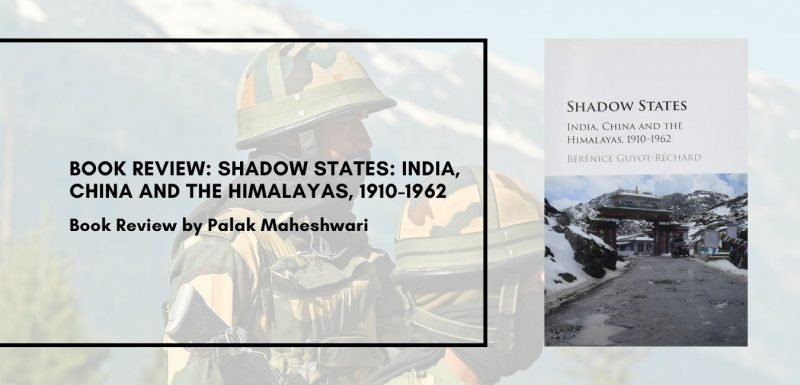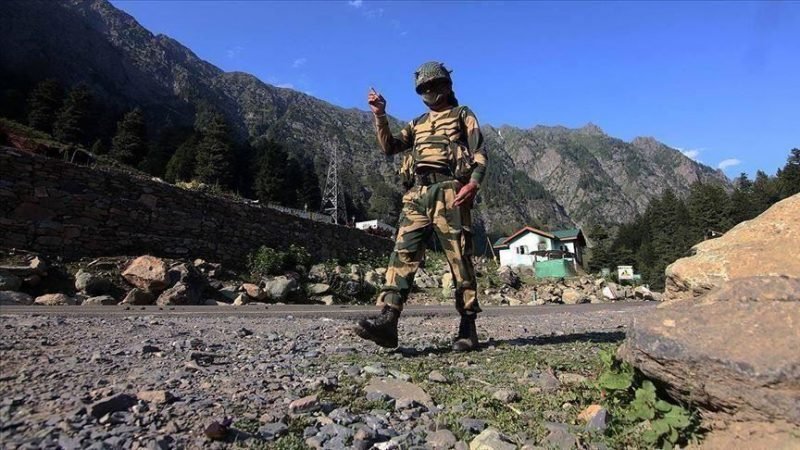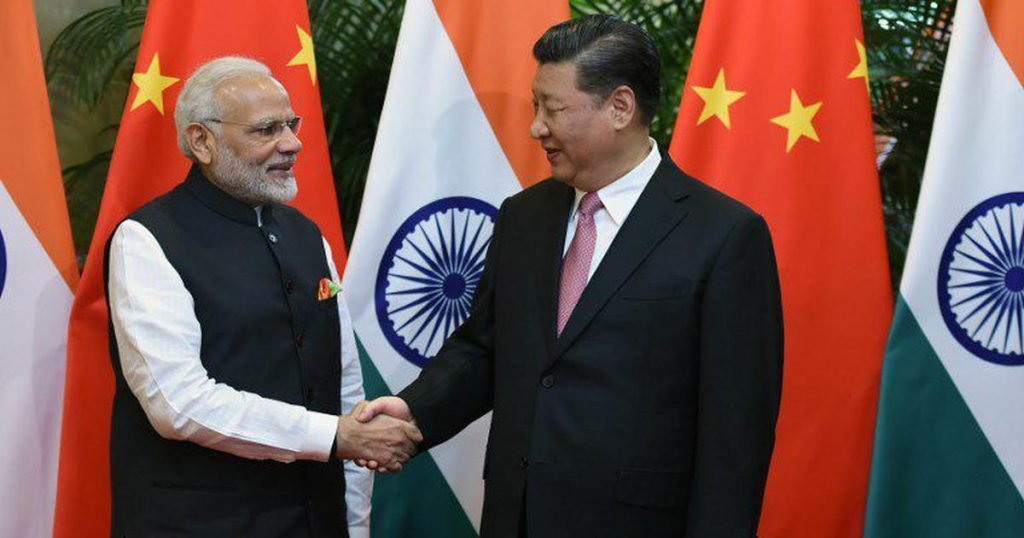Book Review: Shadow States: India, China and the Himalayas, 1910-1962

In writing about state-making in the eastern Himalayas, Bérénice Guyot-Réchard has her work cut out for her. She has to not only write about a region with very limited written sources, but also one whose contested history would rather be hidden away by two great Asian powers. The task only becomes more complicated because she is a foreign researcher with limited access to the region.
Considering the monumental task at hand and the difficulty involved in it, the author manages to bring out a fantastic piece of research and an unprecedented perspective in her book Shadow States. She travels to Arunachal Pradesh to dig through the collections of the Northeast Frontier Agency (NEFA) Secretariat in Itanagar, dives into the untapped archives of the NEFA branch of the Ministry of External Affairs, goes through colonial archives in London, reads press reports from Assam and interviews retired officials from the frontiers to bring to us a richly-detailed and descriptive book about India and China’s competitive attempts to win the favour of the local populations in the eastern Himalayas from 1910 to 1962.

Now, many scholars have tried to explain the competitive ‘rivalry’ between India and China. But Shadow States goes a step further. It argues that the existing scholarship misses a fundamental aspect of the Sino-Indian rivalry by only focussing on the ‘high politics’ of it. This book “is an attempt to study China-India relations not through their high politics, but from the ground up, and to show how this yields novel possibilities to understand tensions between the two countries” (p. 5). In order to achieve this, the book explores India’s attempts to entrench itself in the eastern Himalayas from 1910 onwards, and how these attempts often came into conflict with China’s plans for Tibet. It suggests that this led to competitive ‘state-shadowing’ between the two countries and eventually led to the outbreak of war in 1962. Both countries tried to one-up the other in the eastern Himalayan region, and remain an ‘equally viable alternative’ to each-other. This aspect of the relationship gives the book its very interesting name.
The argument that Guyot-Réchard makes about state-shadowing is very novel, but what is really valuable in her scholarship is how she explains the local dynamics and their influence on state policy. The book is divided into three parts – all spanning different time periods between 1910 and 1962. Part I (1910-1950) talks about British India and Qing China’s initial rush towards the eastern Himalayas, and the effects of the Second World War on the region. Part II (1950-1959) talks about a relatively shorter period of time, but one that was most crucial. It attempts to explain how Independent India and Communist China started exploring, expanding and consolidating their power in the region. What was most interesting in this section was how diplomats and other senior officials made frequent trips to the region to persuade the local populations to see the merits of being with India rather than China. It gives us fascinating insights into the development of a unique borderland. Part III (1959-1962) is the shortest but the most eventful period described in the book. It is marked by the Dalai Lama’s departure from Tibet and finding refuge in India. It is also marked by increasing cartographic anxiety on both sides of the border, and consolidation of the half-century-long state-making efforts.

The attention-to-detail in the book is evident even before the main text starts. The author explains the names of the various tribes used in the text and also mentions her methods of transcribing Mandarin, Hindi and Tibetan in roman characters. There is a brief chronology, glossary and a detailed list of characters. My favourite part of the book was the beautiful maps section towards the end which helped a common reader like me situate the action of the text in an actual space. It is clear that this has been written for a wider audience who may be unfamiliar with the society and politics of the region. But that does not mean that the work is merely an overview. It is, in fact, quite detailed and its very merit lies in the fact that it is able to explain very complicated state-making trajectories in the most lucid of forms. I would readily recommend this work to a wide range of readers – from Sinologists, Tibetologists, and border studies scholars to students and enthusiasts of state-making and International Relations.



















